Check out the list of experiments and activities for class 11th physics practical and know the syllabus, marking scheme, and reference books.
Table of Contents
Physics is a challenging subject that requires clarity of concepts, memorization, and practice. Class 11th Physics practical is at a foundation level where new ideas are introduced. Therefore, students must understand the concepts thoroughly to have no problem approaching the advanced concepts in class 12th.
Class 11th Physics is divided into theoretical and practical exams, and hence, students are required to pass both examinations separately. Students must note that theory learning is part of the external assessment and practical learning is part of the internal assessment. The total of both the exams will be calculated and presented on the mark sheet.
Class 11th physics practical is a crucial paper for science students, and without clearing the practical exam, no student can pass the physics exam. The exam is not just challenging but very interesting. It is based on some of the most intriguing practical assignments and problems that aid the learners in grasping the beauty of physics or, as Richard Feynman said, its fun part. The theoretical learning of physics can be a little monotonous at times. Therefore, learning to utilize the significance of physics through different assignments can be very beneficial for the students, especially from their future point of view.
| ⭐ CBSE class 11th Syllabus | ⭐ CBSE class 11th Physics Syllabus | ⭐ CBSE class 11th Physics Notes |
All About Class 11th Physics Practical
Class 11th Physics practical records to be submitted by the students at the time of their annual examination must include the following:
-
Record of at least 12 Experiments [with six from each section], to be performed by the students.
-
A description of at least 6 Activities [each from section A and section B], to be completed by the students.
-
Report on the project to be carried out by the students.
SECTION A:
EXPERIMENTS
-
To measure the diameter of a small spherical/cylindrical body and measure the internal diameter and depth of a given beaker/calorimeter using Vernier Callipers and find its volume.
-
Measure the diameter of a given wire and thickness of a given sheet using a screw gauge.
-
To determine the volume of an irregular lamina using a screw gauge.
-
To select the radius of curvature of a given spherical surface by a spherometer.
-
To determine the mass of two different objects using a beam balance.
-
Find the weight of a given body using the parallelogram law of vectors.
-
Using a simple pendulum, plot its L-T2 graph and find the second pendulum's sufficient length.
-
To study the variation of the period of a simple pendulum of a given length by taking bobs of the same size but different masses and interpreting the result.
-
To study the force of limiting friction and normal reaction to find the friction coefficient between a block and a horizontal surface.
-
To find the downward force along an inclined plane, act on a roller due to the earth's gravitational pull and study its relationship with the angle of inclination θ by plotting a graph between force and sinθ.
ACTIVITIES
-
To make a paper scale of given least count, e.g., 0.2cm, 0.5 cm.
-
To determine the mass of a given body using a meter scale by the principle of moments.
-
To plot a graph for a given set of data, with a proper choice of scales and error bars.
-
To measure the force of limiting friction for rolling a roller on a horizontal plane.
-
Study the variation in the range of a projectile with an angle of projection.
-
To study the energy conservation of a ball rolling down on an inclined plane (using a double inclined plane).
-
Study the dissipation of energy in a simple pendulum by plotting a graph between squares of amplitude and time.
SECTION–B:
EXPERIMENTS
-
To determine Young's modulus of elasticity of the material of a given wire.
-
Find the force constant of a helical spring by plotting a graph between load and extension.
-
Study the variation in volume with pressure for a sample of air at constant temperature by plotting graphs between P and V and between P and 1/V.
-
To determine the surface tension of water by capillary rise method.
-
To determine the viscosity of a given viscous liquid by measuring a given spherical body's terminal velocity.
-
Study the relationship between the temperature of a hot body and time by plotting a cooling curve.
-
To determine the specific heat capacity of a given solid by the method of mixtures.
-
Study the relationship between frequency and length of a given wire under constant tension using a sonometer.
-
Study the relationship between the length of a given wire and pressure for constant frequency using a sonometer.
-
Find sound speed in the air at room temperature using a resonance tube with two resonance positions.
ACTIVITIES
-
Observe the change of state and plot a cooling curve for molten wax.
-
Observe and explain the effects of heating on a bi-metallic strip.
-
Note the difference in the level of liquid in the container on heating and interpret the observations.
-
To study the effect of detergent on the surface tension of water by observing capillary rise.
-
To study the factors affecting the rate of loss of heat of a liquid.
-
To study the effect of load on the depression of a suitably clamped meter scale loaded at (i) its end (ii) in the middle.
-
To observe the decrease in pressure with an increase in velocity of a fluid.
Class 11th Physics Practical Evaluation Scheme
The total time provided for the Physics practical for class 11th is three hours. Class 11th Physics practical is conducted with 30 marks which play an essential role in the marks distribution of the subject.
|
Assessment |
Marks |
|
Two experiments, one from each section |
7+7 |
|
Practical record (experiment and activities) |
5 |
|
One activity from any section |
3 |
|
Investigatory Project |
3 |
|
Viva on experiments, activities and project |
5 |
Class 11th Physics Reference Books
Physics comprises a wide assortment of phenomena. All qualified physicists are familiar with mechanics, electromagnetism, relativity, thermodynamics, and quantum mechanics. Some of the reference books that might help students to score good marks are:
|
Prescribed Reference Books for Class 11th Physics |
Authors |
|
Concepts of Physics |
H C Verma |
|
New Millennium Physics Class-11 |
Dinesh |
|
Understanding Physics |
D C Pandey |

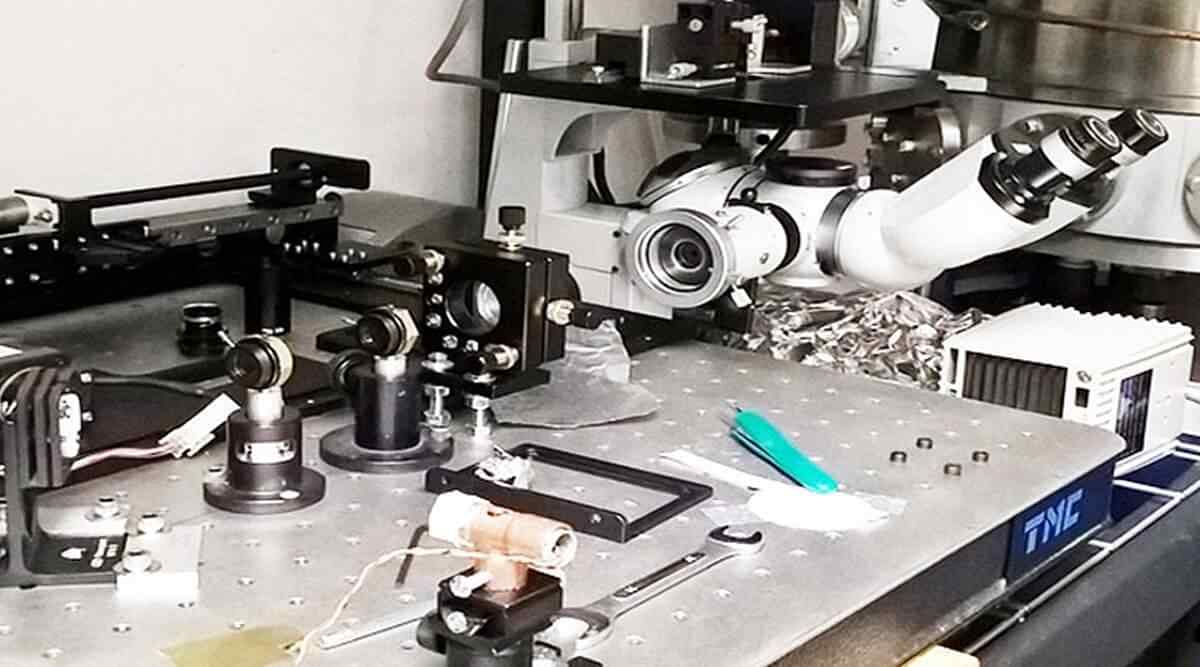
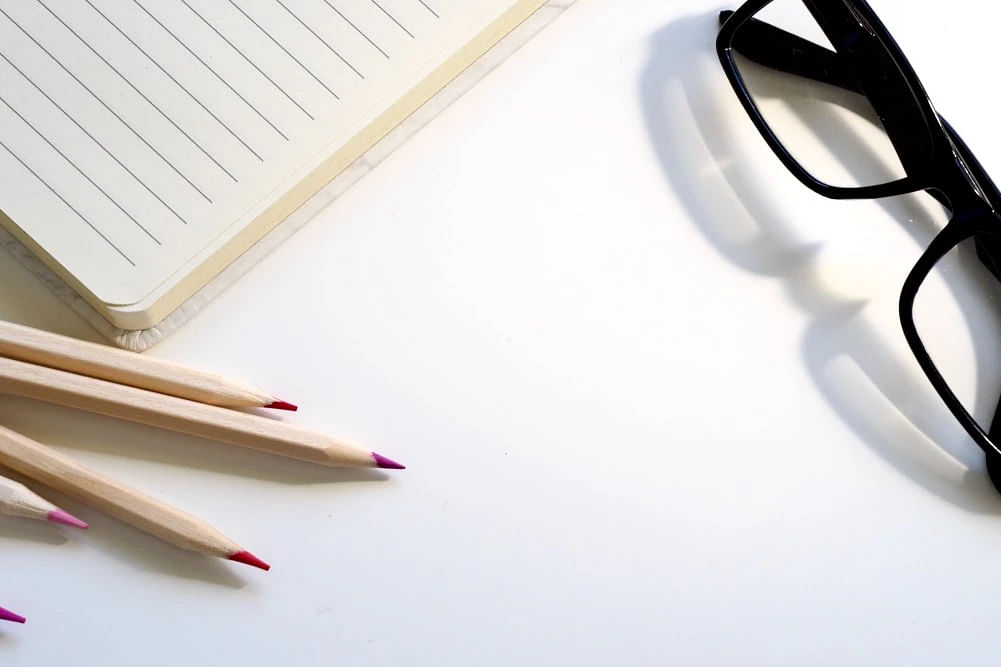
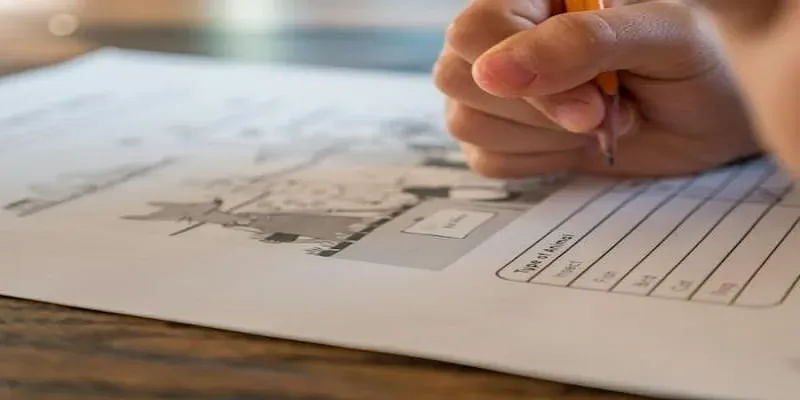
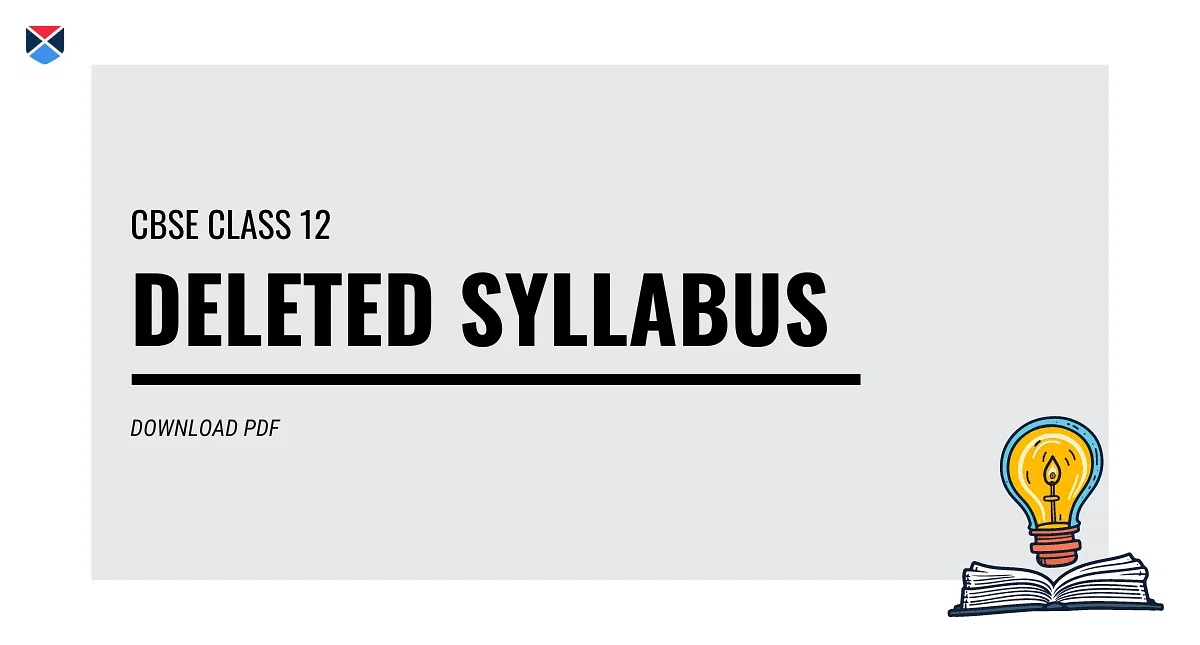
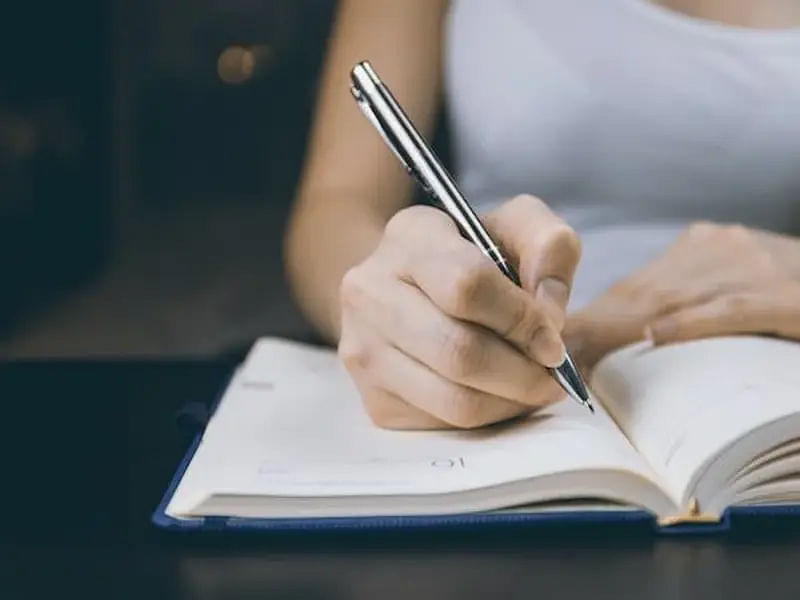

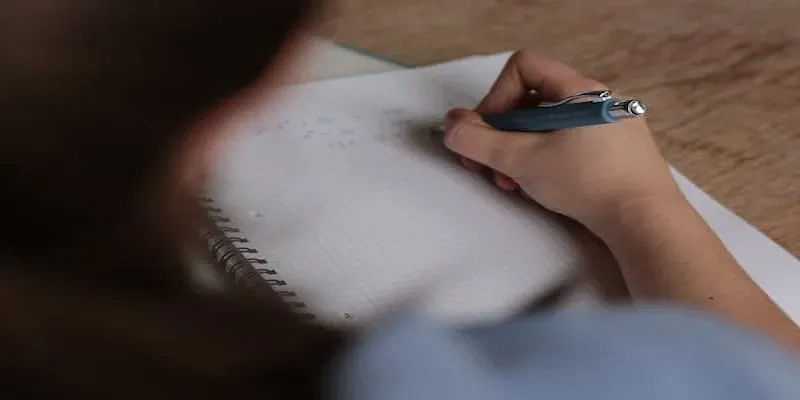
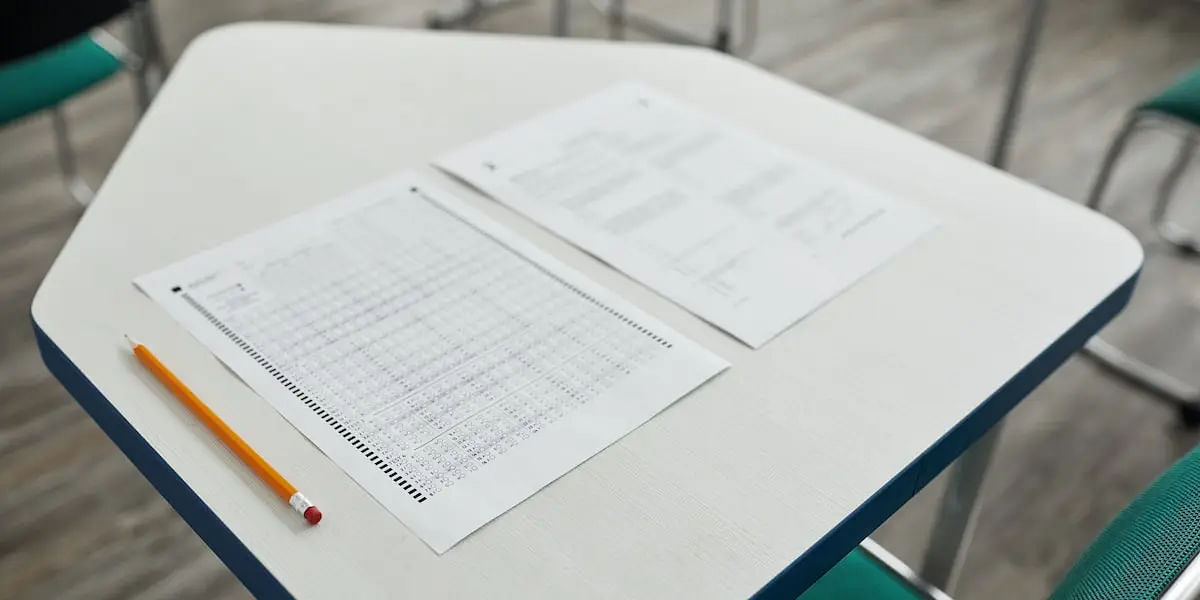


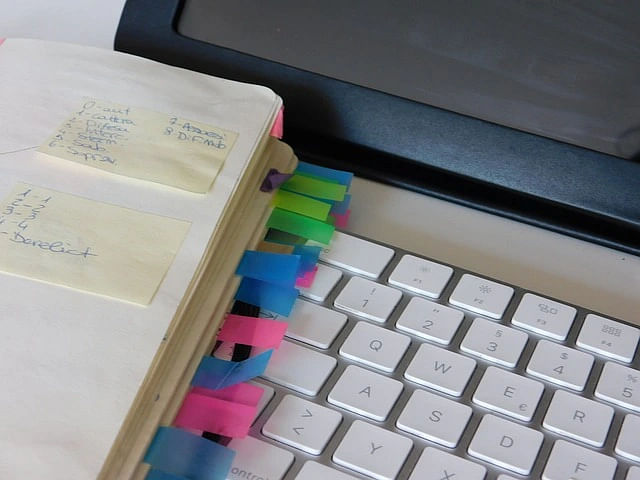
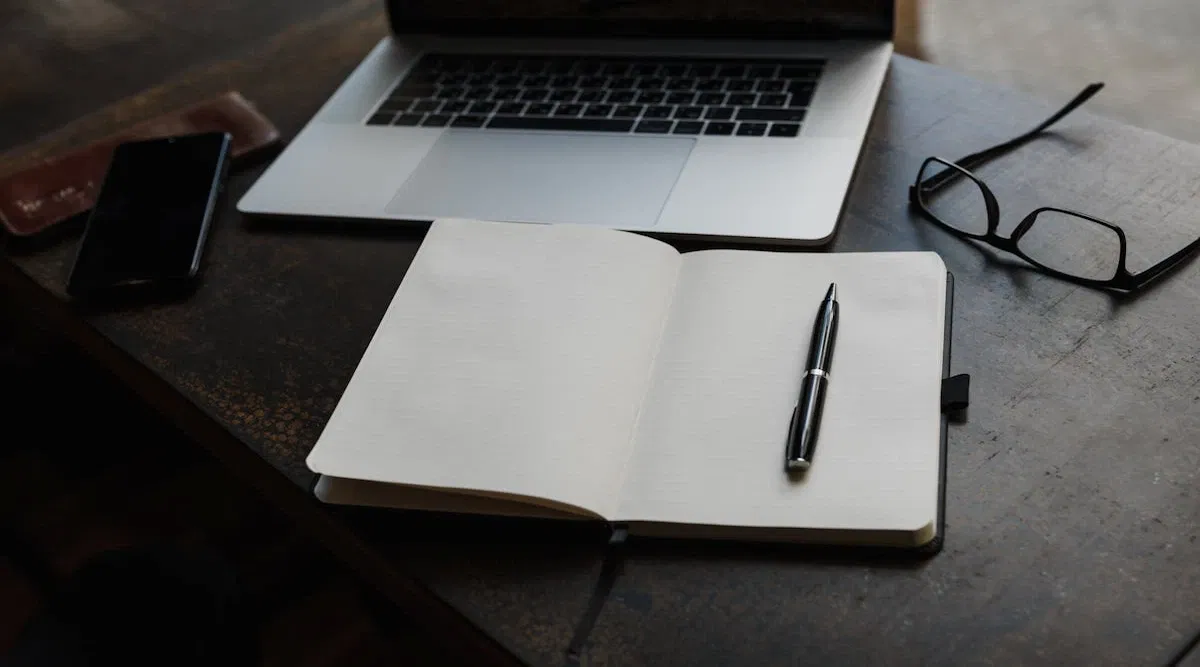


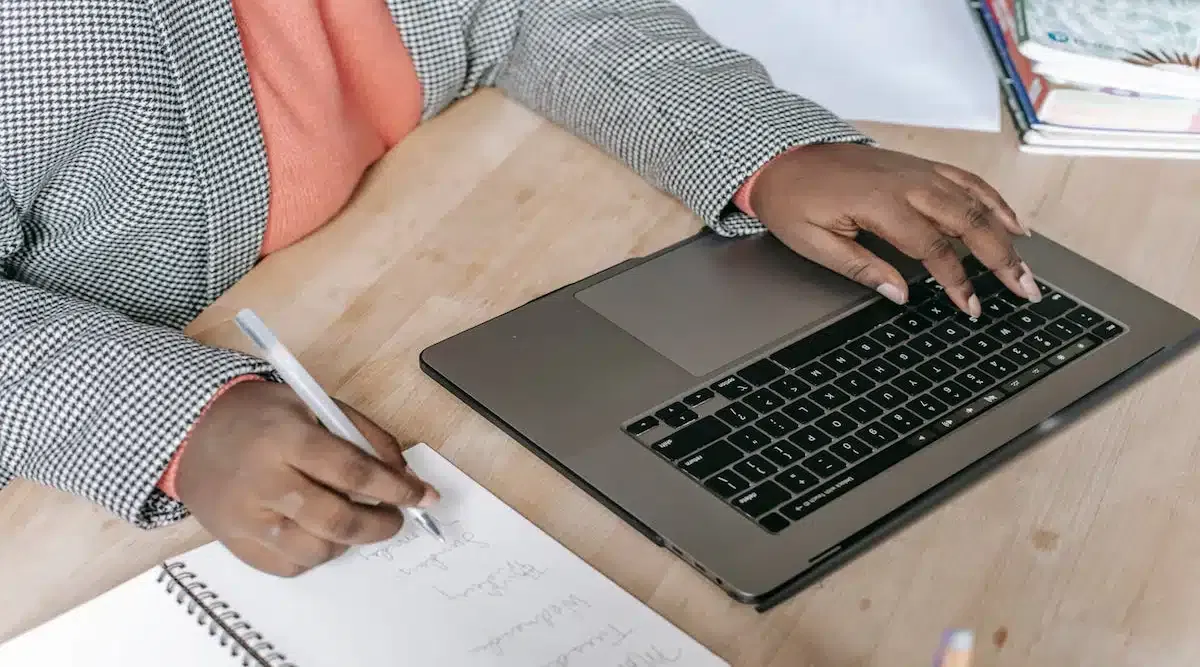
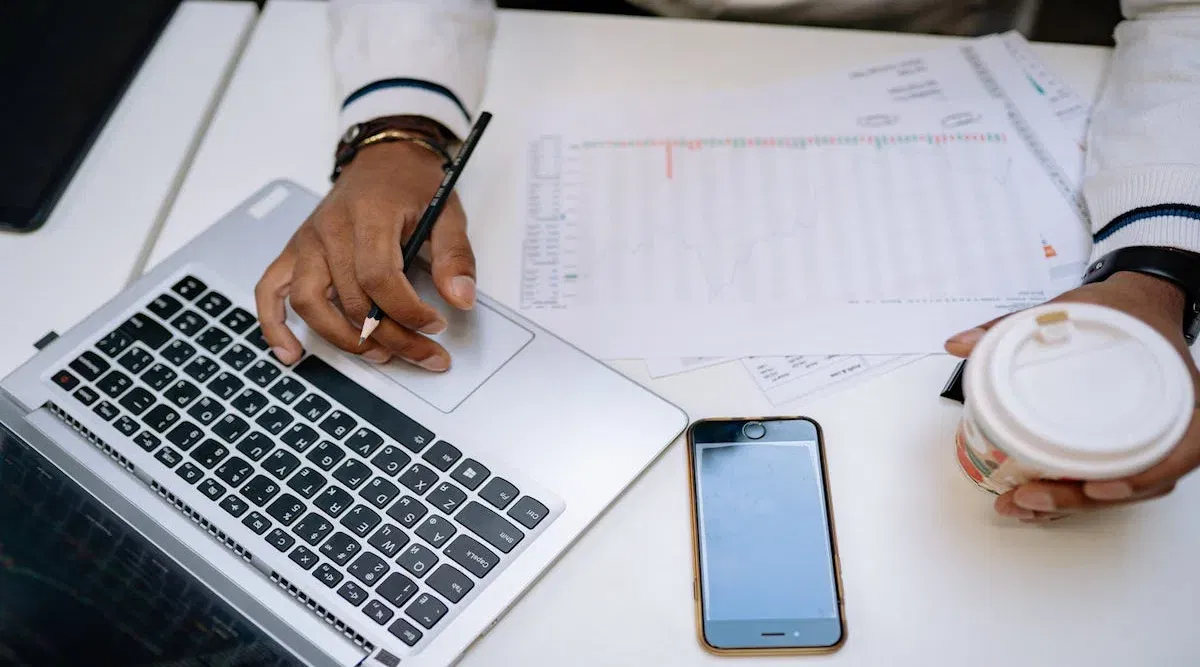

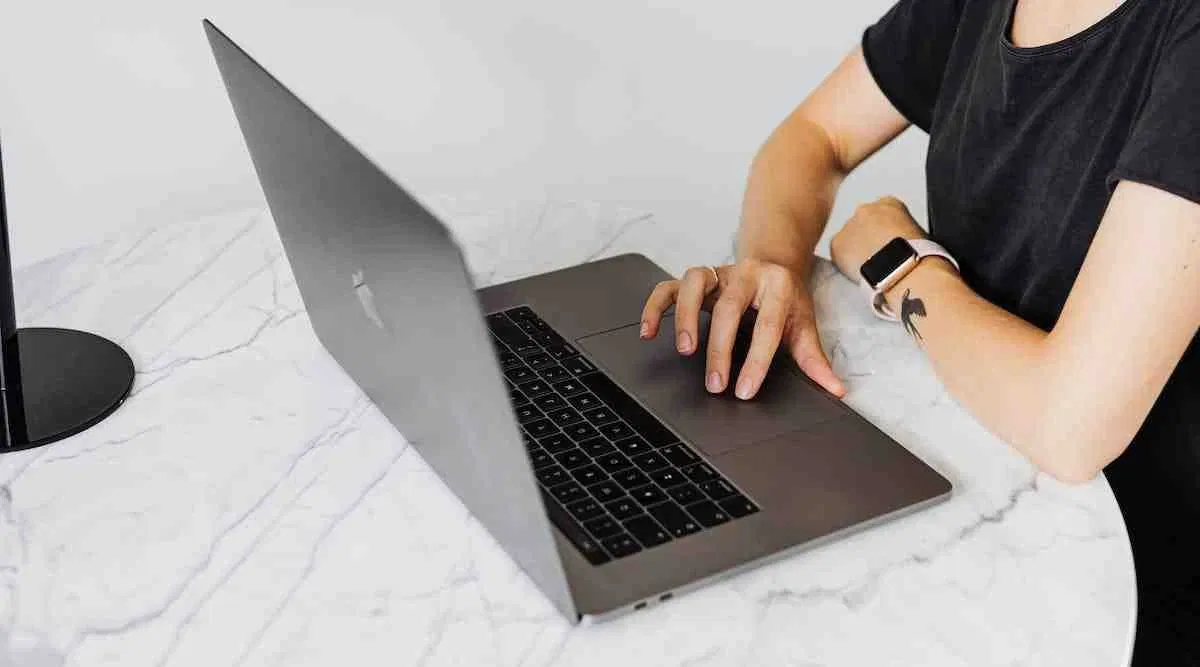

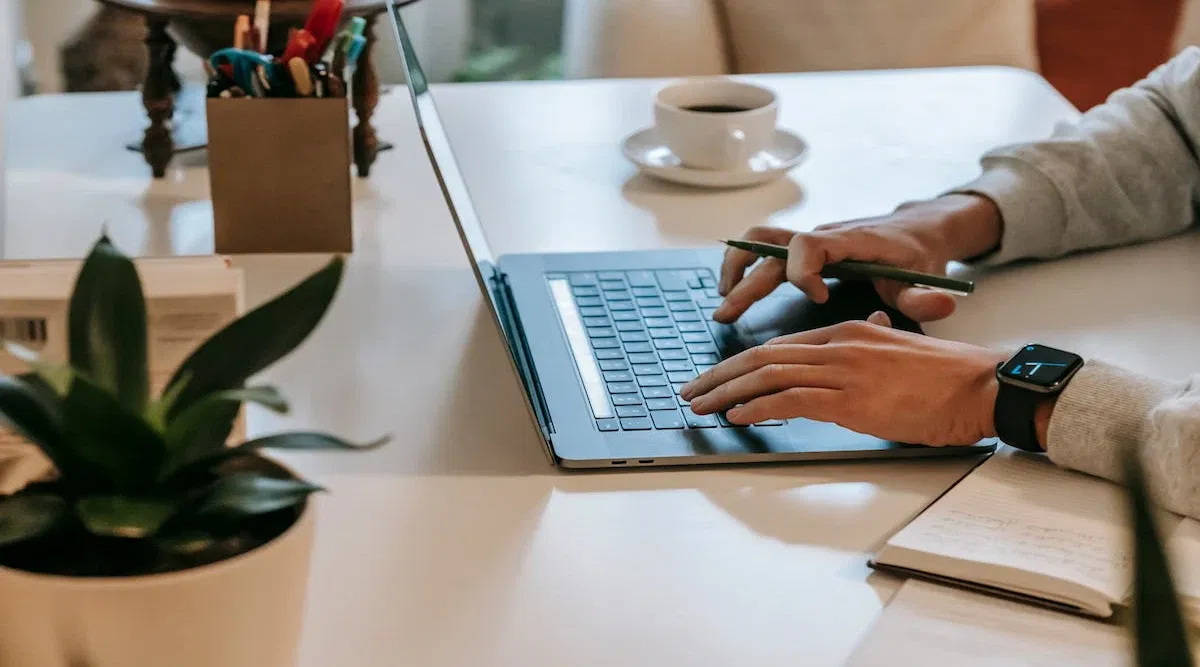


POST YOUR COMMENT